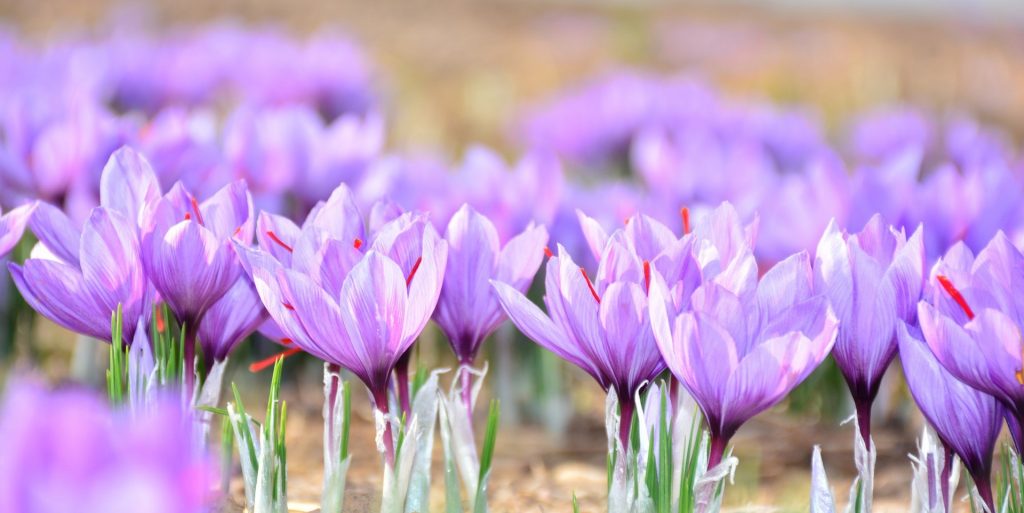Blog
What is Saffron?
“Add half-teaspoon Saffron”, you may have listened to this word several times by many chefs on YouTube. So, what is Saffron? It is a special type of spices commonly used in foods for garnishing, taste, color, and aroma. It looks like a thin red stiffed thread. It has a strong sweet smell and unique taste that cannot be described but can be felt when used in a dish. It is the costliest species in the world due to its so many benefits.

What is Saffron from?
Saffron is derived from a special type of flower Crocus Sativus also known as Saffron Crocus. This is a purple-colored flower having six petals with three yellow stamens and a red pistil consisting of three stigmas. The stigmas of the flower are dried and this dried-up stigma is called Saffron.
What Color is Saffron?
The Color of Saffron is a mixture of orange and red color. It is a sort of deep red-orange color.
Why So Expensive?
One gram of saffron will cost you almost $3.3 and one Kg will cost $10,000. The reason behind such a high cost is that the flower produces only three threads of stigmas and grows only for one week a year. It requires extremely hot weather and is very delicate to variations in weather. It is harvested by hand in the mid of the morning and once grown, stigmas are picked by hand and dried in the open air. One pound of Saffron will require stigmas from 75000 flowers.
What is Saffron good for?
Saffron is used in foods, cosmetics, medicines, and self-care products. Saffron is good for:
- Treating sexual diseases.
- Treating inflammation problems in the body.
- Adding taste and fragrance to foods.
- Used as an essential material in organic lipsticks.
- Curing heart diseases.
- Skin glow and acne-removal.
Where Did it Come From?
There are conflicts about where the Saffron originated from. Although there are conflicting views about the origin of Saffron most of the sources confirm that it originated in Iran. They have long been harvested in Kashmir and Iran.
Saffron history goes back 4000 years ago. It was initially used in paints in Neolithic rock art. Thousands of years ago, archeologists discovered orange-colored Saffron paint used on the walls of caves in Iraq. The Oldest image of Crocus Sativus was found on a pot around 2000 to 1800 BC found in places of Minoan.
The First trace of Saffron used in food was found in Mesopotamia. In the 10th BC Persian used to wove Saffron threads into the fabric and they used to make Saffron based perfumes. Saffron was brought into Spain by Iran in 961. The Major center of Saffron production is now Iran, 85% of the world Saffron is being produced from Iran.
